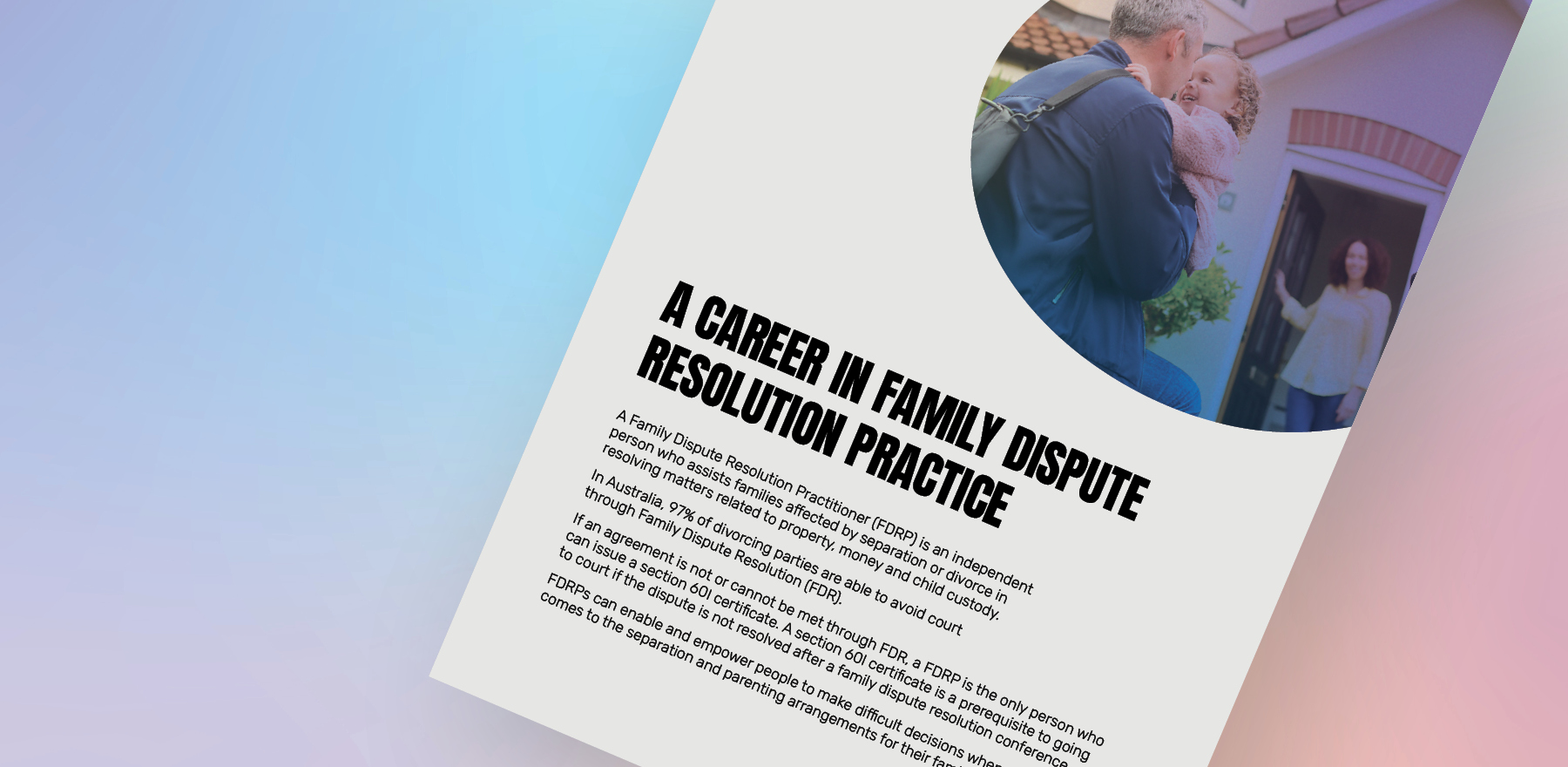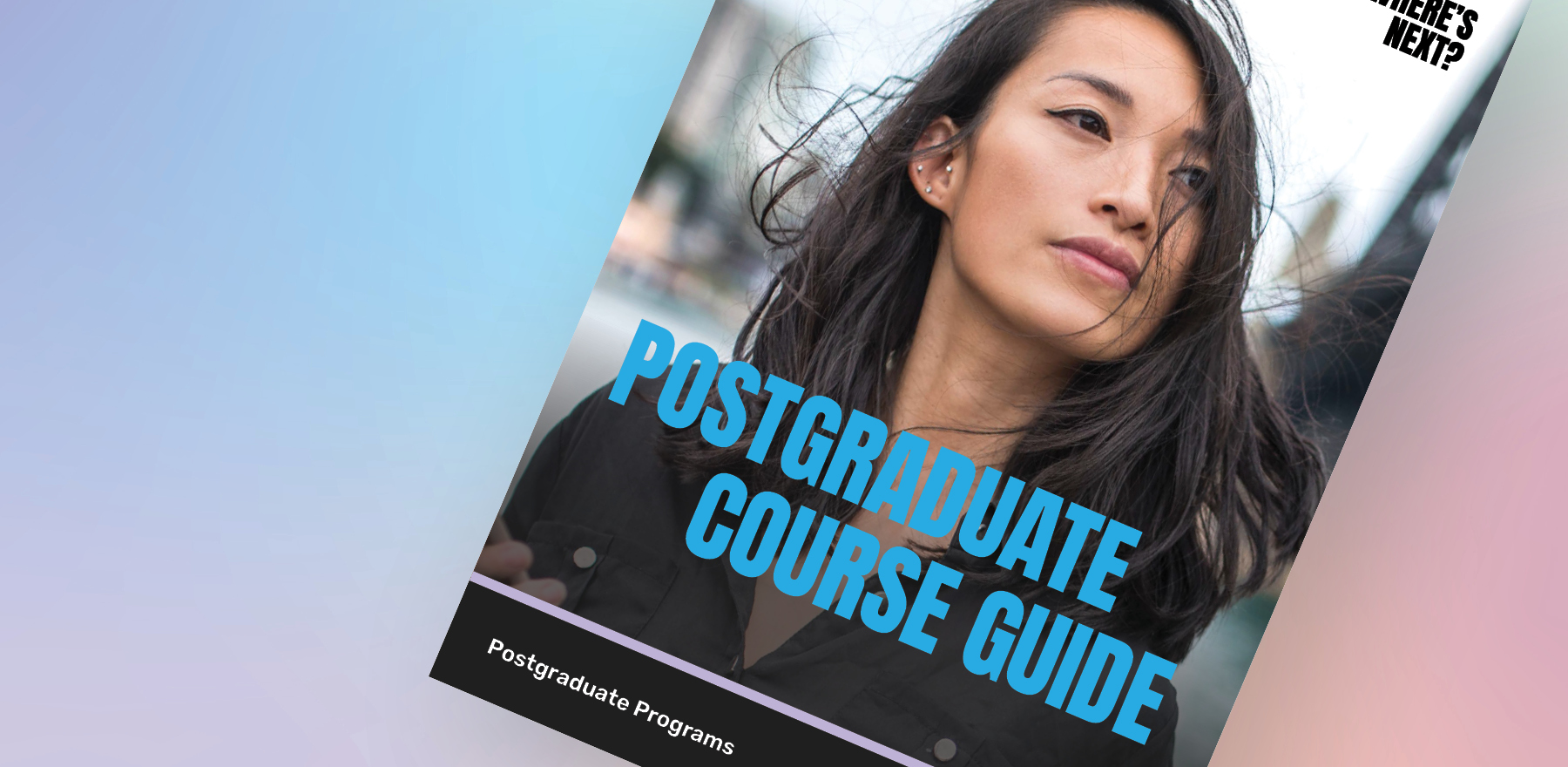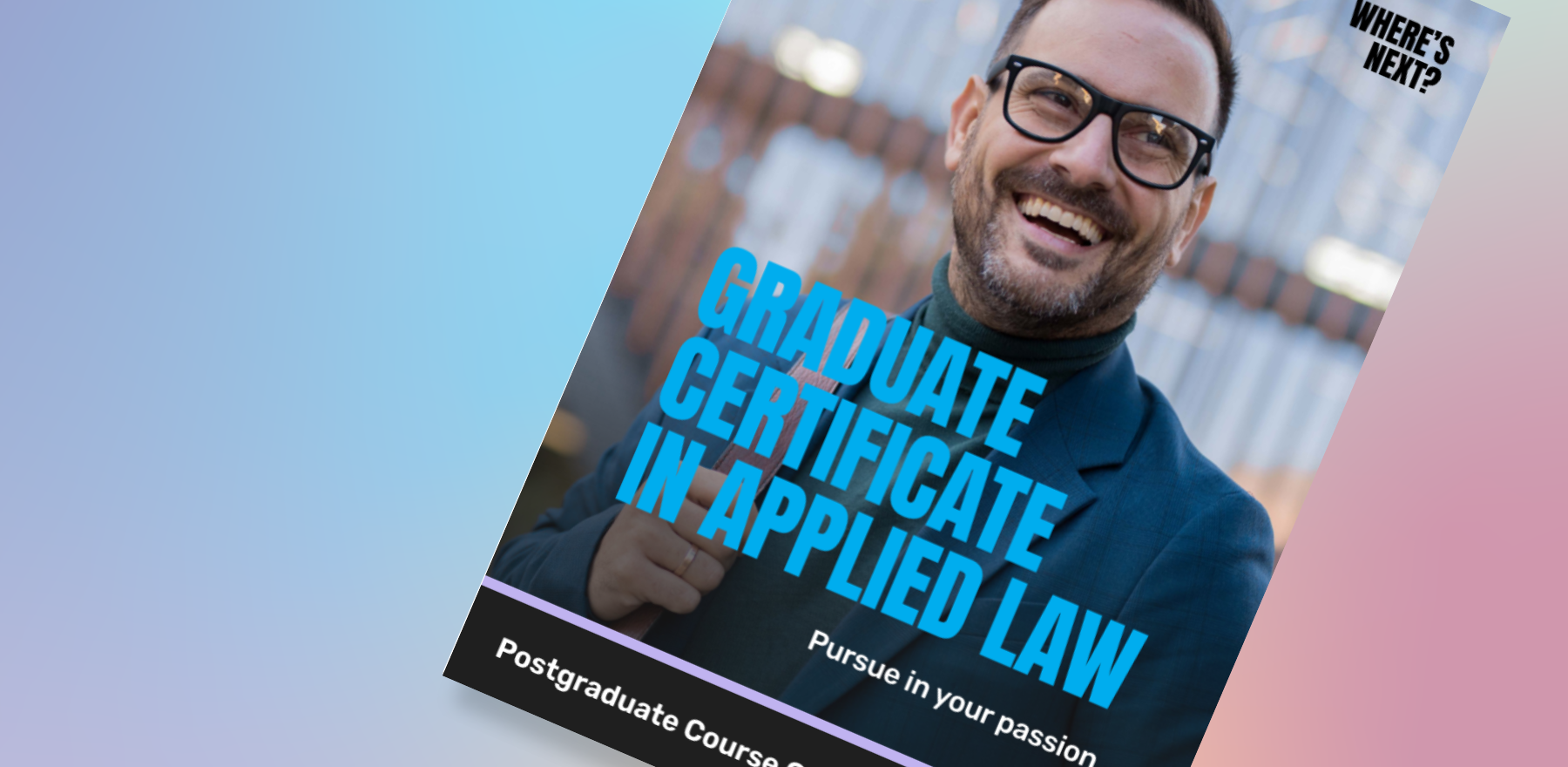Why get published? As a lawyer, it’s a chance to reflect your legal expertise, raise your profile, or position yourself as knowledgeable and trustworthy before clients. But what does ‘getting published’ mean? It depends on what you’re trying to achieve.
You may want the reputational gain and academic kudos of publishing in an academic journal. Perhaps you want to quickly get across a new precedent fresh from the High Court or Supreme Court, so you’re ready to research and write a case note for your firm’s website. Or you may wish to get in front of clients and colleagues through media interviews, LinkedIn posts, or Instagram/TikTok.
Whatever your motivation, the College of Law has collated a concise ‘how to’ guide to getting published in legal academic journals, online via firm websites, social media, or featured in interviews.
Academic Journals
To maximise your chances of publication in a legal journal, start by identifying your niche – is it a specific practice area, jurisdiction, or a more specialised topic?
This helps target relevant publications (like the Alternative Law Journal with its preference for shorter pieces). Always check the submission guidelines – many journals highlight "wrong journal" submissions as a major reason to reject a proposal.
Look for editorial policies, word count preferences, and submission types. Consider contacting publications directly – some, like specialist journals, welcome pitch emails to gauge interest or explore topics they need to be covered. Early career lawyers can start with reviews – obtain "reviewer's copies" from publishers and contribute reviews to journals.
Exploring "replies" to published papers can also be a good way to get your voice heard and stimulate discussion in the legal community.
Firm Website: Case Notes & Commentary
If pursuing academic publishing sounds too complex, it’s worth considering other ways to get published. After all, academic journals are largely the purview of academics whose full-time pursuit is research and teaching. As a practising lawyer, think of what you want to achieve.
Publishing a case note or commentary on your firm’s website is an excellent opportunity to get across a fresh precedent, or make an informed analysis of a specific legal issue. The barriers to getting published are relatively low. It’s often largely a matter of speaking to whoever manages what appears on your firm website (your practice manager perhaps) and getting approval from the managing partner or principal.
If you encounter barriers to publishing on your firm’s website, or perhaps you want to reflect your work on a personal website, there are a range of inexpensive and free options to setup your own website. You can create a website in Squarespace or Wix from templates in an afternoon. This means you can own what you create and build your personal reputation.
But if you write it, who will read it? Think about ways you can disseminate your content - do you have a client database you can email relevant updates to? Or are you active on social media?
LinkedIn, Instagram and TikTok
Consider sharing your case notes, commentaries, or short-form reflections to your socials. It is, after all, where most Australians spend much of their time - on average 1 hour and 51 minutes per day.
But how? And is it worth it?
Raymond Sun has become Top Voice in AI Law on LinkedIn. He has over 18,000 followers, and posts regularly on AI regulation, both potential and current, as well as explainers informed by his experience as a lawyer and full-stack developer. He holds an LLB; he learned developer skills like many developers do - self-taught through his own projects including his Global AI Regulation Tracker.
Raymond, like many lawyers active on LinkedIn, recognised that the purpose of posting to social media is to showcase your expertise in a way that consistently gets in front of clients and colleagues. It does far more than a bio on the firm website, because he’s posting useful content where people ‘live’ for part of everyday - on social media.
Similarly, Sam Burrett has 17,000 followers on LinkedIn, regularly sharing insights and commentaries about legal innovation, AI and productivity. These social posts are purposeful and intended to inform with accessible and concise explainers. A refreshing alternative to spending hours digesting dense academic articles and therefore popular with time-poor lawyers.
It’s a different way of thinking about ‘getting published’, and arguably, equally effective. Compared to an academic journal it’s more likely to reach a wider audience.
Instagram and Tik Tok can also prove useful - Zhai and Associates provides tongue-in-cheek explainers on various issues in criminal law, and have 26,000+ followers on Instagram as a result.
Featured in…
Finally, don’t forget media. Being interviewed by a media outlet is the ultimate form of credibility as you have been vetted by a third party and quoted as an expert. Consider publications like Lawyers Weekly, or publications you know will reach your client base. Podcasts, radio interviews, TV, or even the local news - all of these can be useful forms of ‘getting published’ as long as they’re pursued with purpose.
Your purpose is simple: to be seen as an expert. This positioning helps you receive referrals from other lawyers and attracts clients based on your expertise. All of which in turn allows you to do good legal work, attract new business, and be positioned well for a promotion - or to launch and grow your own firm.

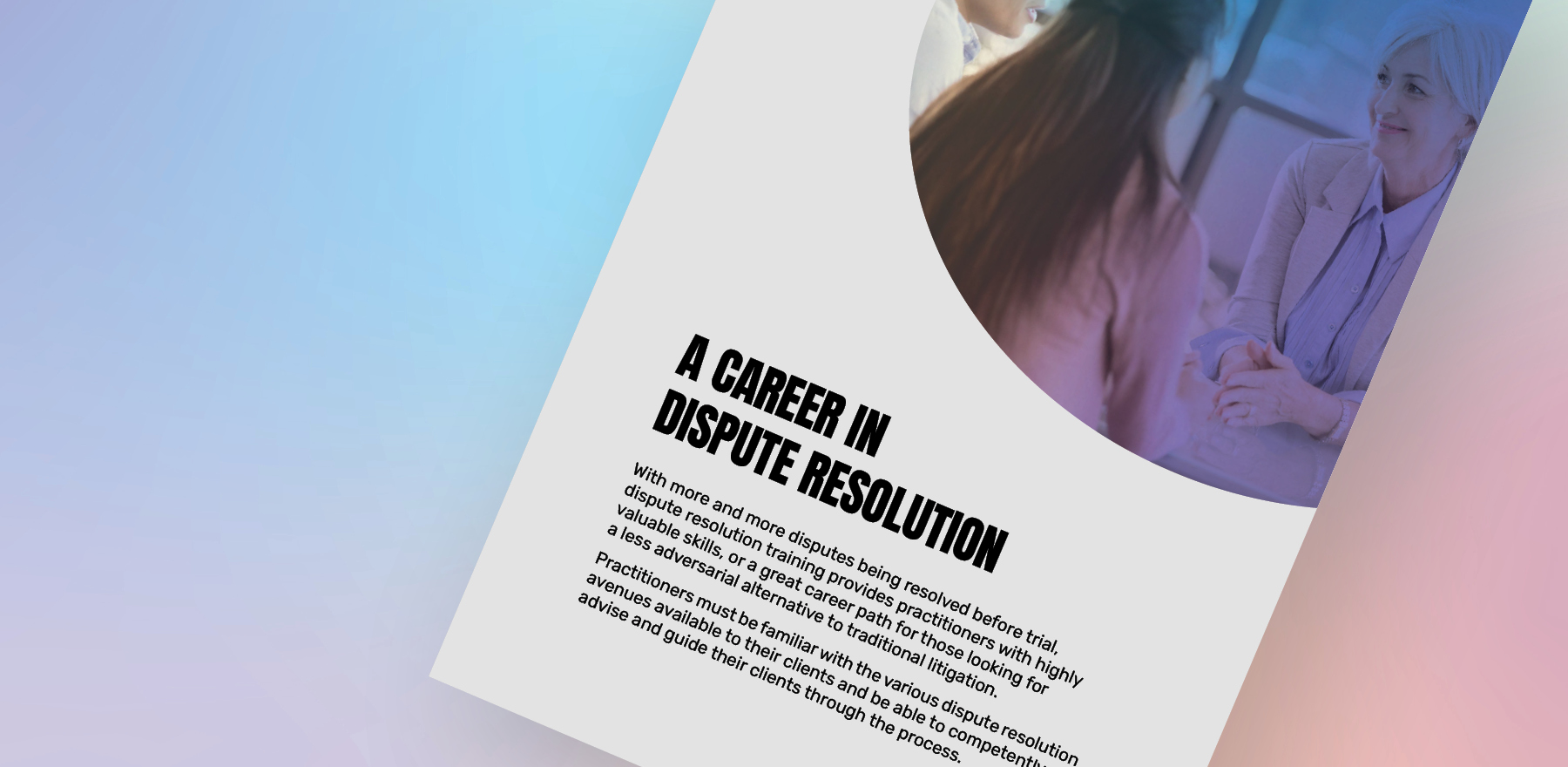

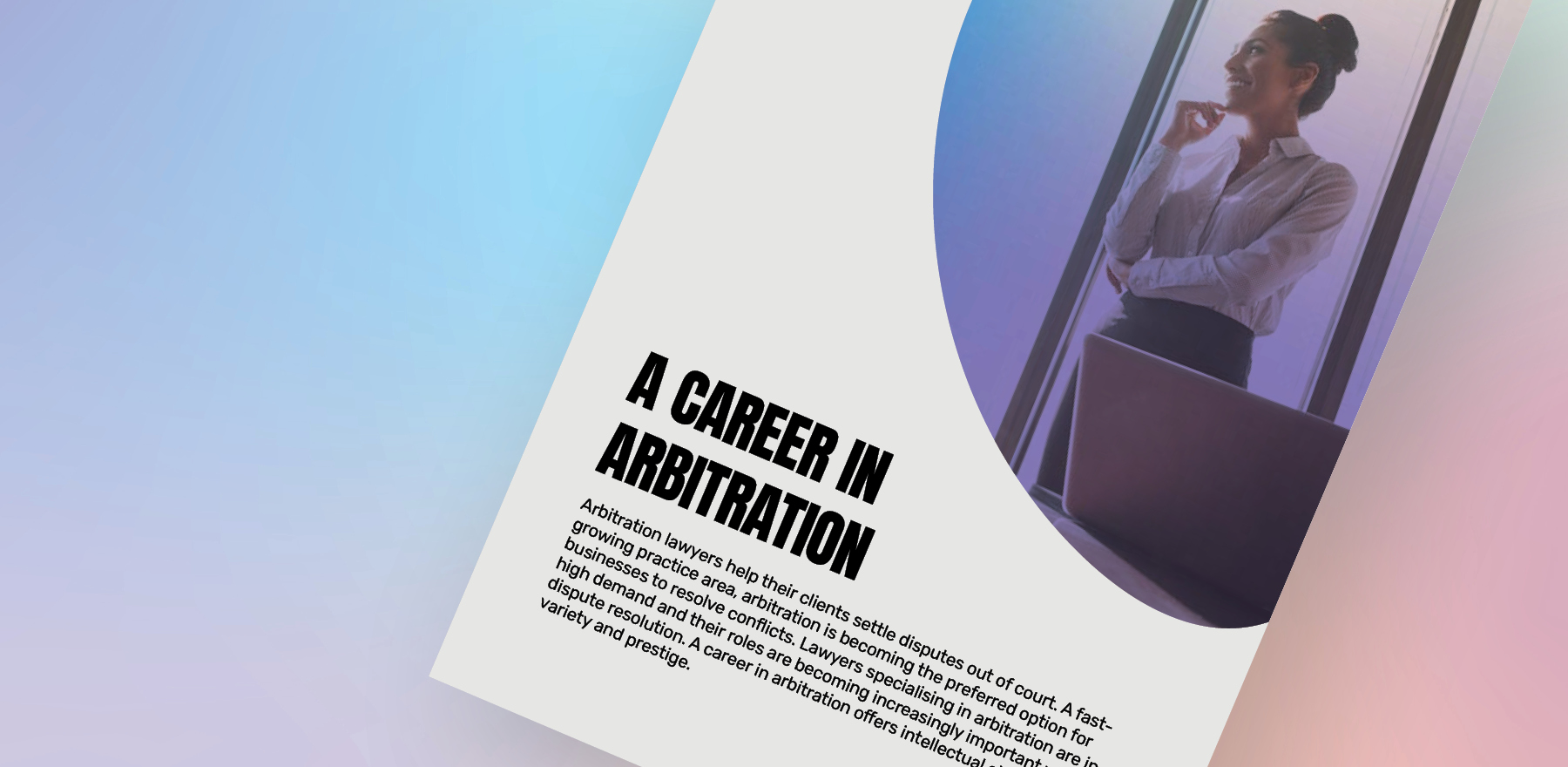












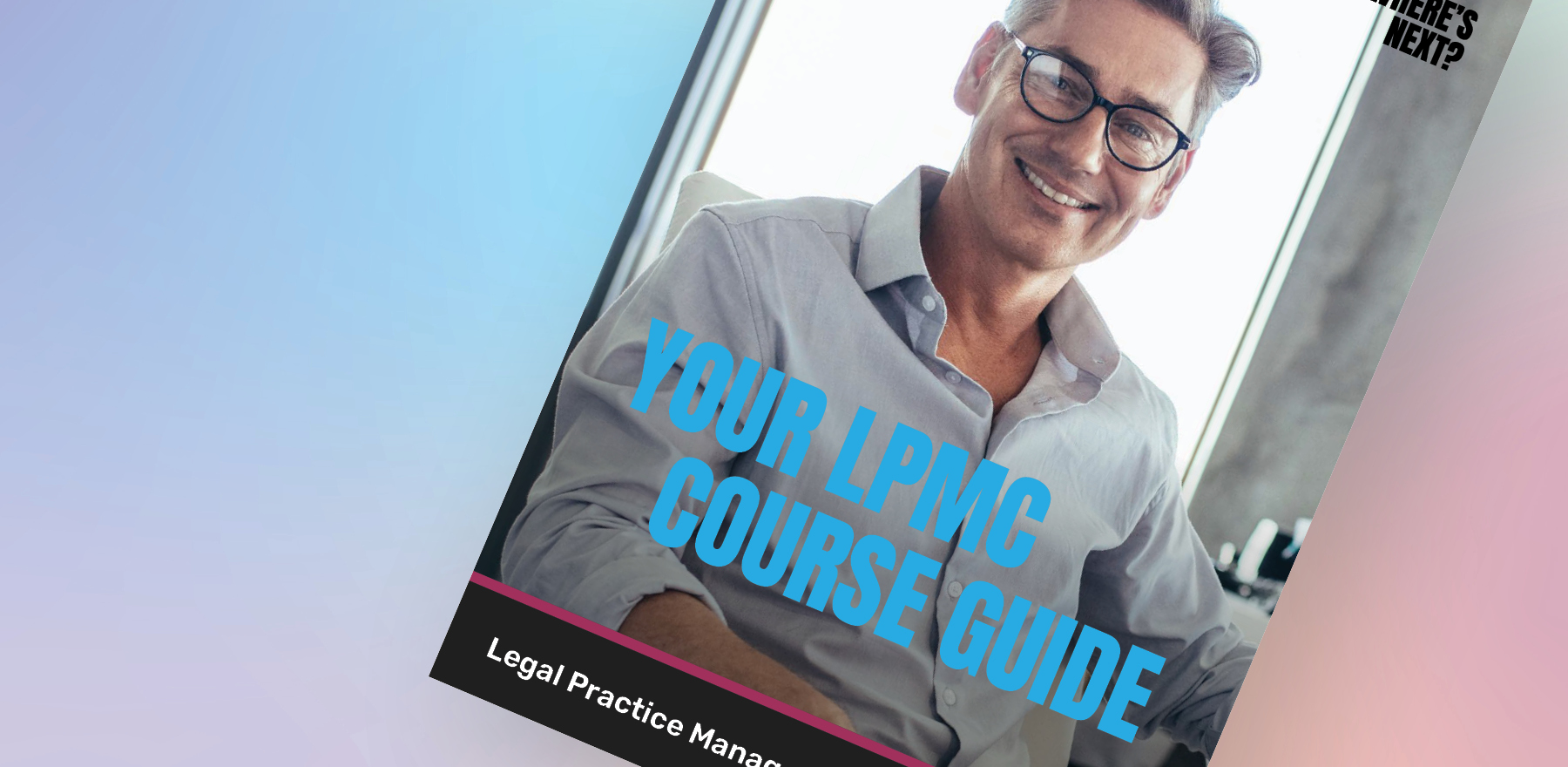

























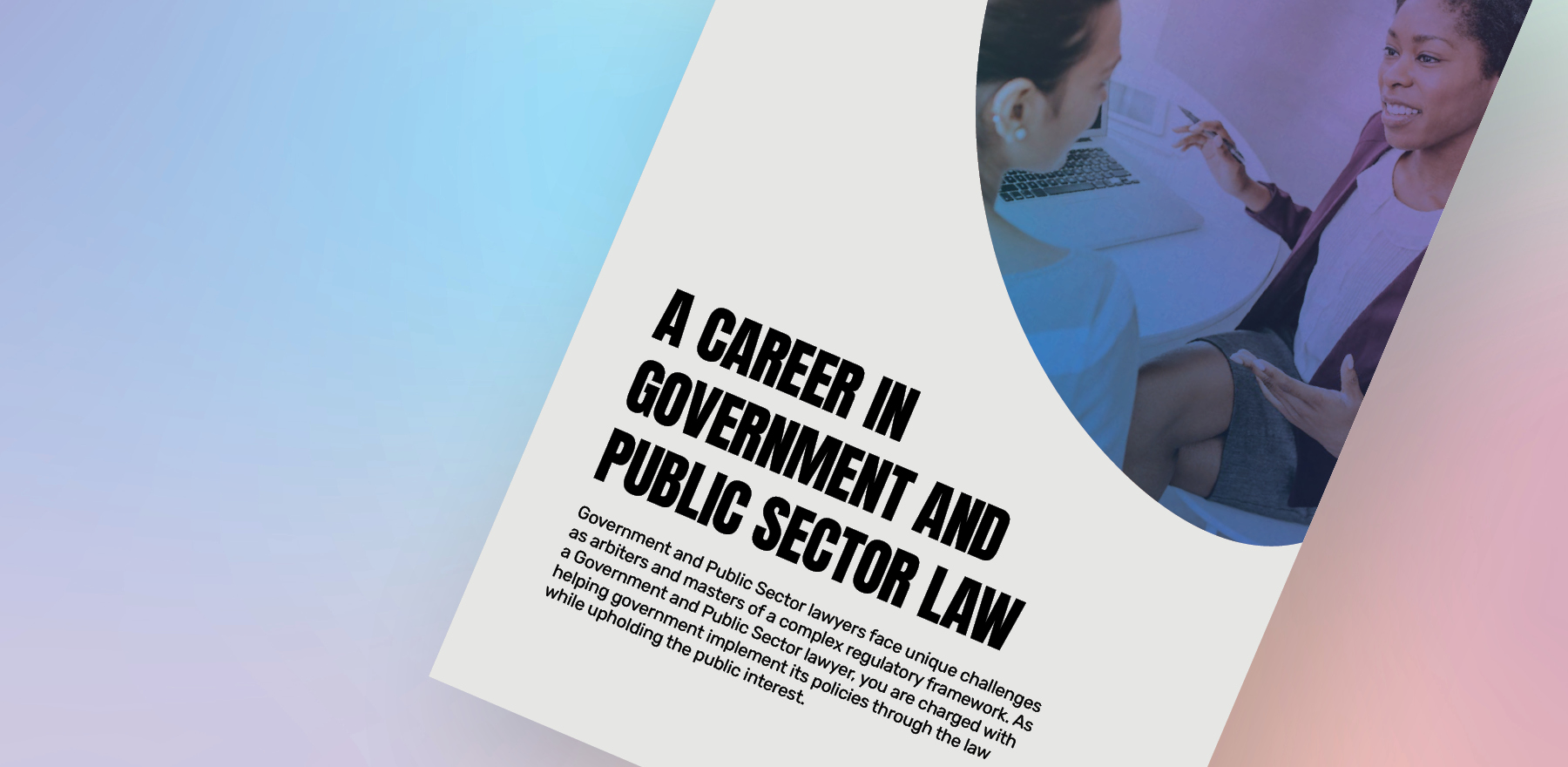


![How to handle Direct Speech after Gan v Xie [2023] NSWCA 163](https://images4.cmp.optimizely.com/assets/Lawyer+Up+direct+speech+in+drafting+NSW+legislation+OCT232.jpg/Zz1hNDU4YzQyMjQzNzkxMWVmYjFlNGY2ODk3ZWMxNzE0Mw==)
















